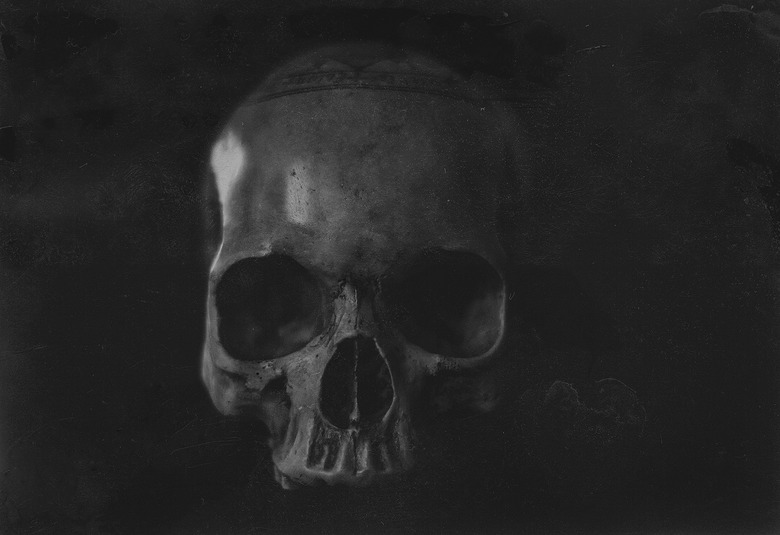Types Of Human Skull Shapes
Human skulls have different shapes and characteristics that can help scientists determine race and ancestry. Forensic anthropology combines anthropology, osteology and skeletal biology, and can be used to establish the origins of different skulls. Based on careful analysis, skulls are commonly categorized into three basic groups: European, Asian and African. Although the methods for determining origin are not 100 percent accurate, and many skulls may be a combination of ethnicities, they are useful for getting a general idea of race and origin.
Methods of Determining Origin
Methods of Determining Origin
Because there are a variety of structural and dimensional differences between skulls of different races, careful inspection and measurements are performed on numerous parts of the skull to aid in accurate characterization. Length and width of the skull, shape of the eye orbits, size and shape of the nasal opening, shape and slope of the nasal bone above the opening, and general slope of the skull from forehead to chin are all important in determining race.
European Skull Characteristics
European Skull Characteristics
European skulls, sometimes referred to by the scientific terms Caucasoid or Caucasian, are relatively long and narrow when compared to Asian or African types. They have less pronounced cheek bones and exhibit elongated chins. Nasal openings are triangular shaped with a more pronounced (protruding) nasal bridge. The eye orbits are rectangular in shape, resembling aviator sunglasses, and somewhat sloped when viewed from the front. The teeth are smaller in comparison to other skull types and set closely together.
Asian Skull Characteristics
Asian Skull Characteristics
Asian skulls, also called Mongoloid, tend to be shorter and broader when compared with European or African types. The cheek bones are wide, flare out to the sides of the skull and are forward-sloping. The eye orbits are rounded and don't have the same downward slope as European skulls. The upper incisors tend to be more "shovel shaped" than either European or African types, and the nasal opening is flared at the bottom, making it wider than the European skull. Asian skulls also have a less pronounced nasal bridge.
African Skull Characteristics
African Skull Characteristics
African skulls, sometimes referred to as Negroid, are longer from front to back and have more of a forward slope from forehead to chin. The slope causes a protrusion of the jaw, also referred to as prognathism. The eye orbits are rectangular and spaced farther apart with a wider nasal bridge, which is less pronounced than European or Asian types. The nasal opening is also broader. The teeth are larger and show wider spacing than skulls from other races.
Cite This Article
MLA
Mann, Mike. "Types Of Human Skull Shapes" sciencing.com, https://www.sciencing.com/types-of-human-skull-shapes-12081248/. 25 June 2018.
APA
Mann, Mike. (2018, June 25). Types Of Human Skull Shapes. sciencing.com. Retrieved from https://www.sciencing.com/types-of-human-skull-shapes-12081248/
Chicago
Mann, Mike. Types Of Human Skull Shapes last modified March 24, 2022. https://www.sciencing.com/types-of-human-skull-shapes-12081248/
